Product Quality
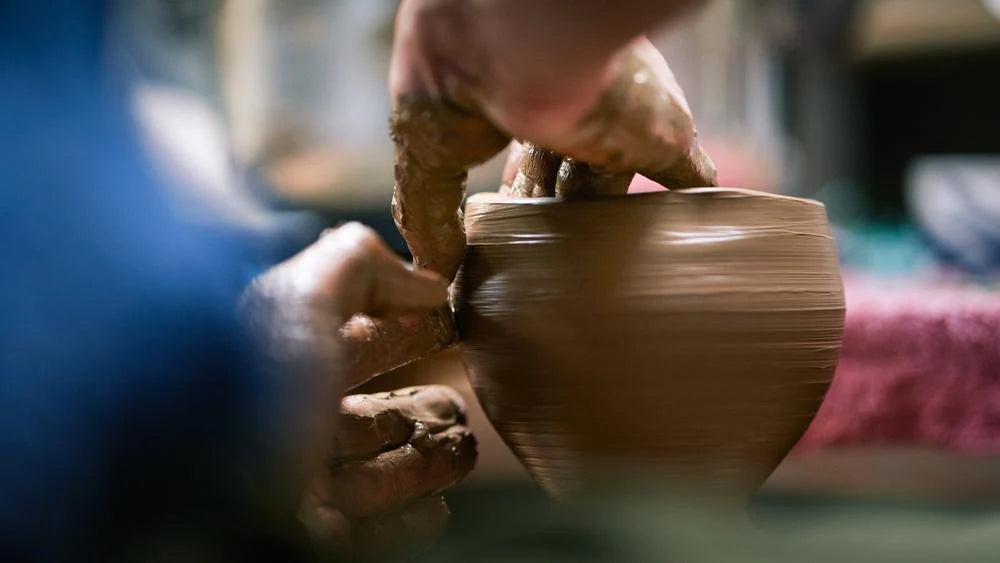
Each Piece Tells a Story
Every product at MUSUBI KILN is handmade in Japan by skilled craftspeople, using techniques passed down from generation to generation. The traditional techniques of handmade production—potter’s wheels, plaster molds, and hand-dipped glazes—might not be considered efficient in today’s modern world. Yet they bring out a warmth and sense of care that makes each piece special.
Even among the same product, no two items are exactly the same. Sometimes there are slight differences in shape and size. Glazes may pool in unpredictable ways. Small dust or stones may stick to the surface of a piece, or spots may appear due to iron content in the clay or kiln environment. Far from imperfections, these are all a part of the beauty and wonder behind handmade items. They reflect the individuality of each piece and craftsmanship that cannot be replicated by machines.
In contrast, products with defects that could make them unsafe to use are removed from circulation. We work closely with our collaborating kilns and artisans to ensure that all items meet Japan’s strict safety regulations. You can rest assured that our products are safe to use.
Natural Variations Seen in Our Handmade Items
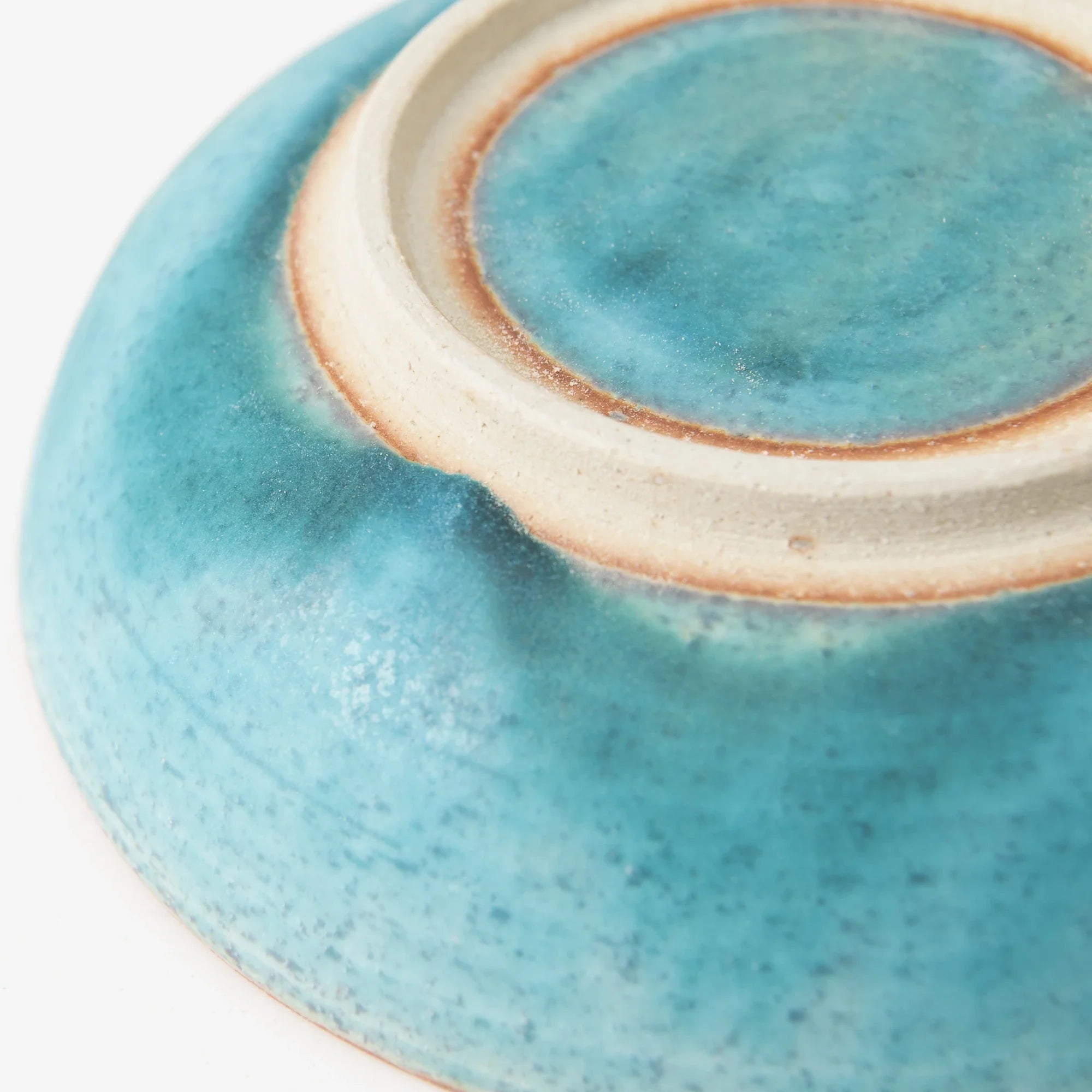
Glaze Variations
Glaze that is dipped, poured, sprayed, or hand-painted may pool unevenly or vary in color density. In Japan, these unique variations are admired as part of the wabi sabi charm of a piece.
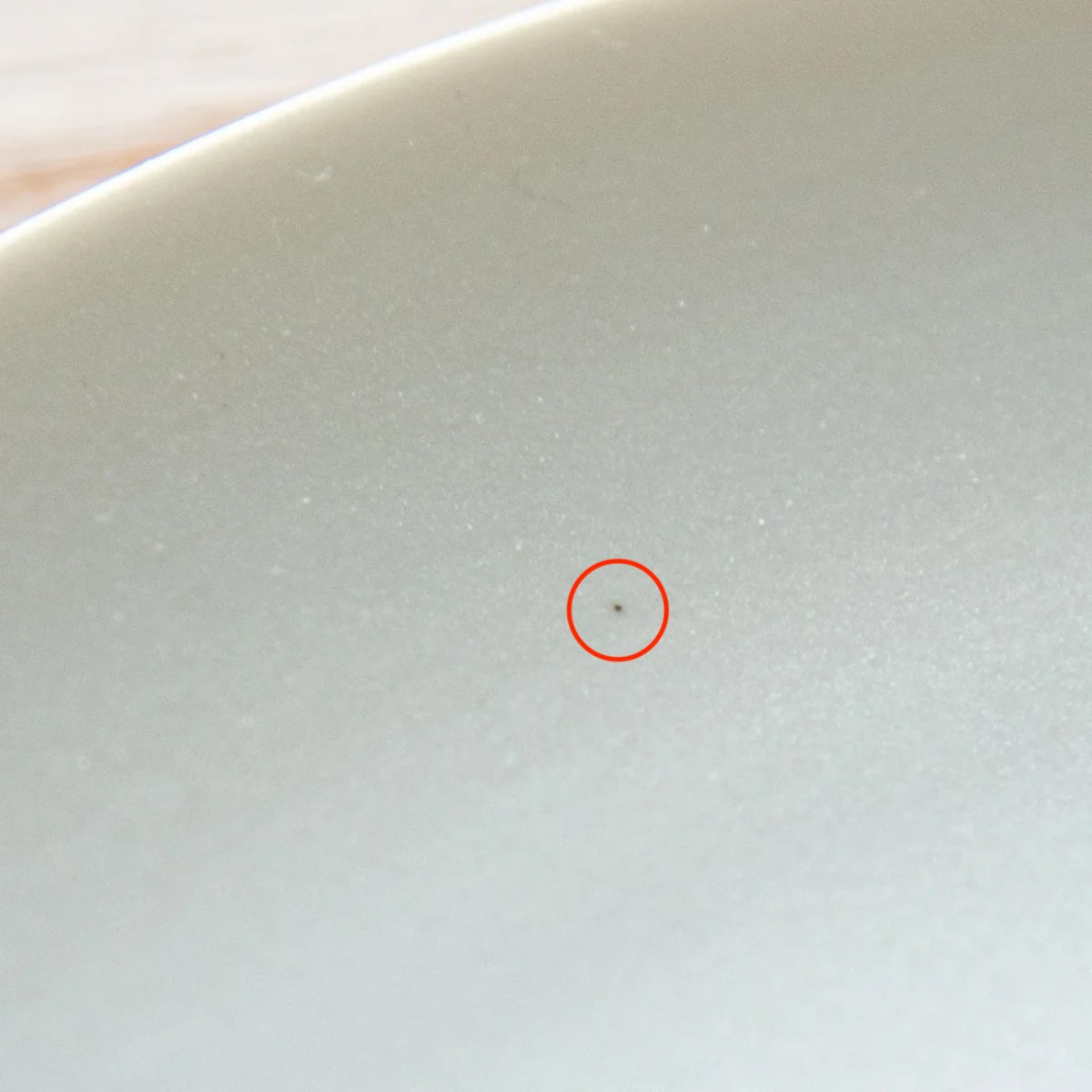
Black Spots from Iron Powder
Some clays contain iron, which oxidizes during firing in the kiln, forming small black spots on a ceramic surface. This is just one aspect of using natural, local materials.
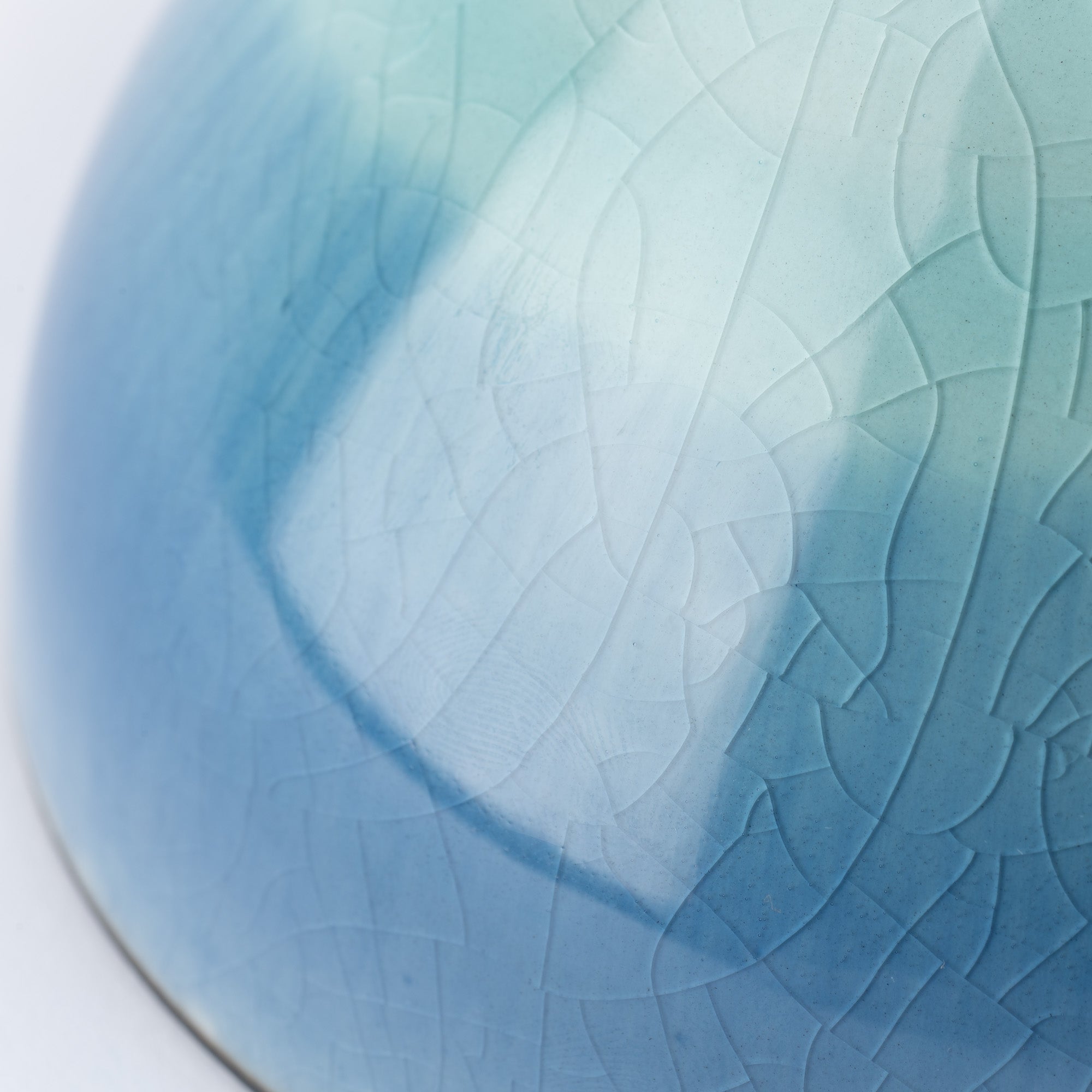
Crazing
Kannyu, also known as crazing, is a crackle pattern on the surface of a piece caused by differences in shrinkage between the glaze and the base material as it cools after firing. It is an intentional design choice, not a crack or scratch. In some cases, liquids like tea can seep into the crazing over time, deepening the pattern. This is part of how Japanese crafts grow more beautiful with use.
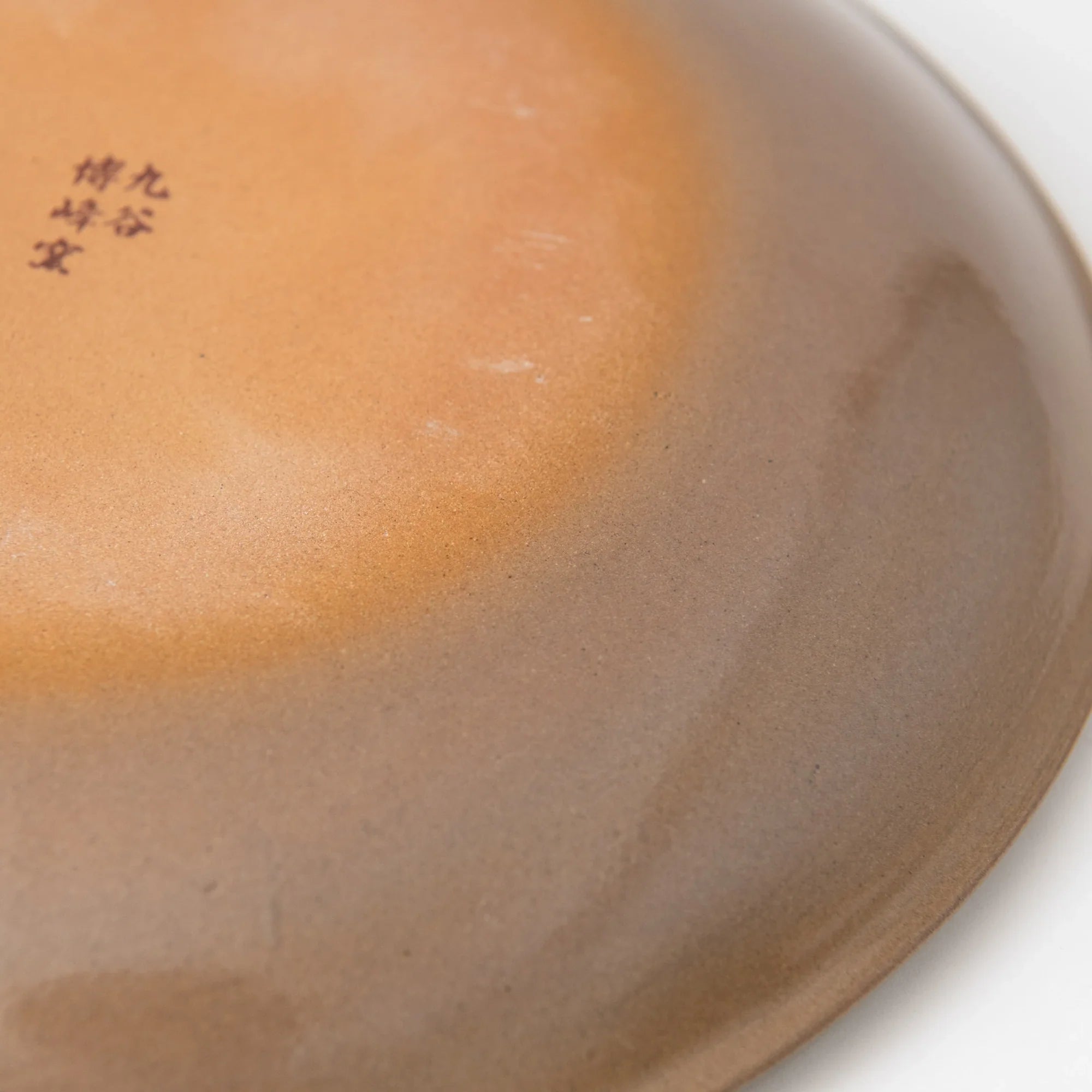
Scratches
Items with minor scratches will be considered acceptable, but if your order arrives with any noticeable or large scratches, please contact the Concierge Team.
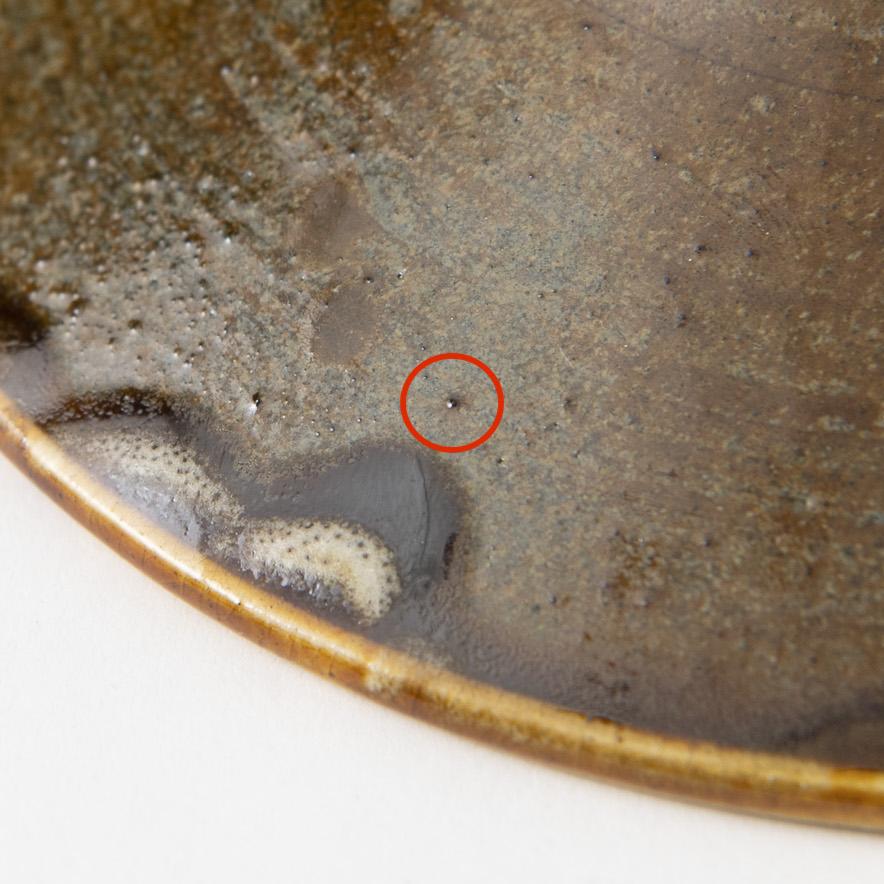
Bumpy Surfaces
Small dust or stones can adhere to a clay surface, forming small bumps. This is very common with certain types of clay and traditional production areas, such as Bizen ware and Shigaraki ware. Small bumps are considered part of the textural charm of the ceramics and are considered acceptable, but if there are any large or noticeable ones, please contact the Concierge Team.
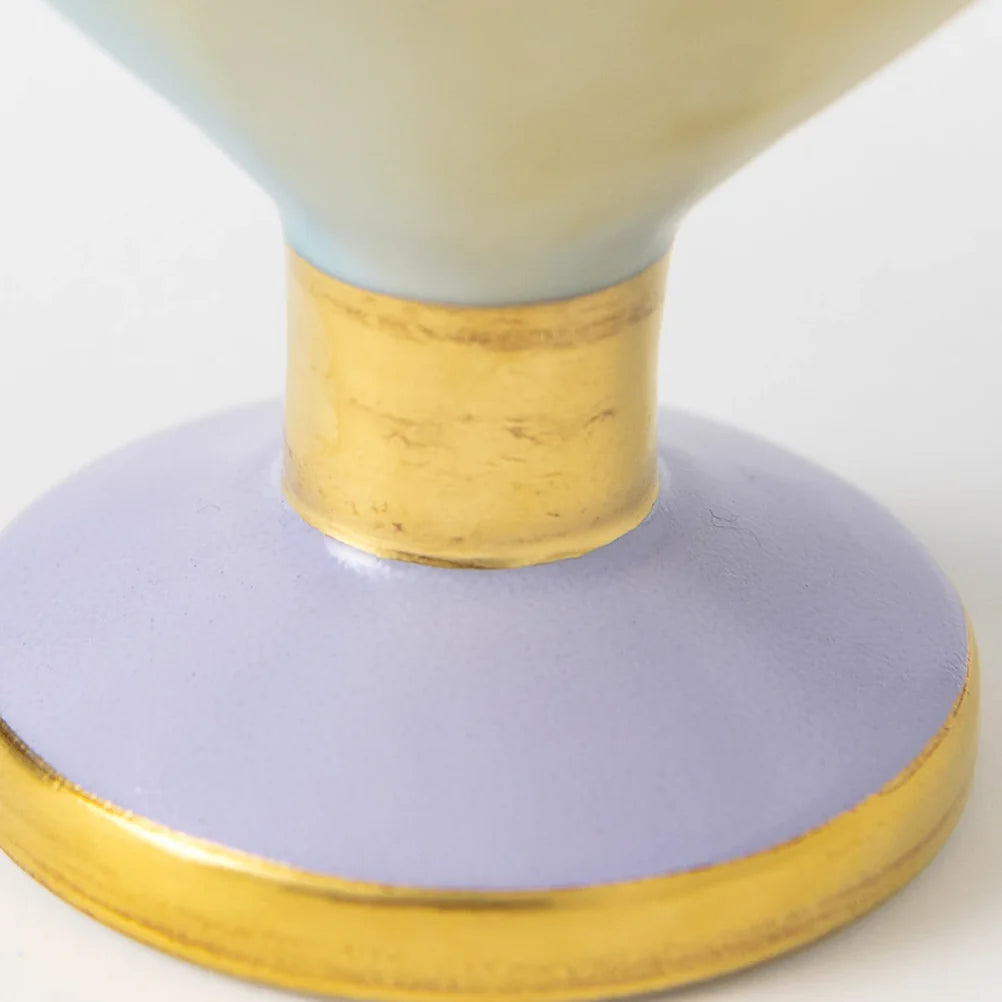
Gold tarnish
Pure gold is often mixed with other metals to increase strength and durability. However, mixed gold can tarnish. Because gold discoloration can occur even immediately after kiln firing, it is not considered a defect.
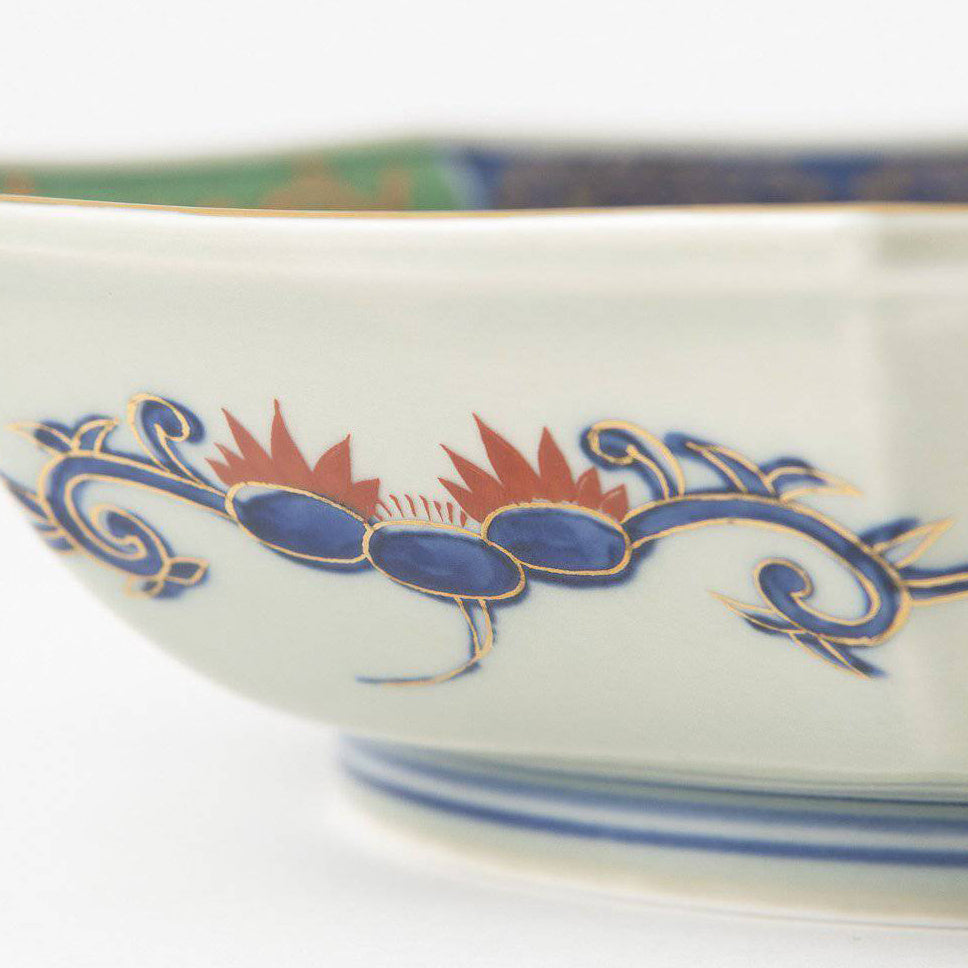
Print Alignment
Some makers use advanced transfer-printing or pad-printing techniques to create part of their designs. These patterns are often paired with hand-painted details. Because the printed designs are applied to hand-formed ceramic shapes, they may not always perfectly align.
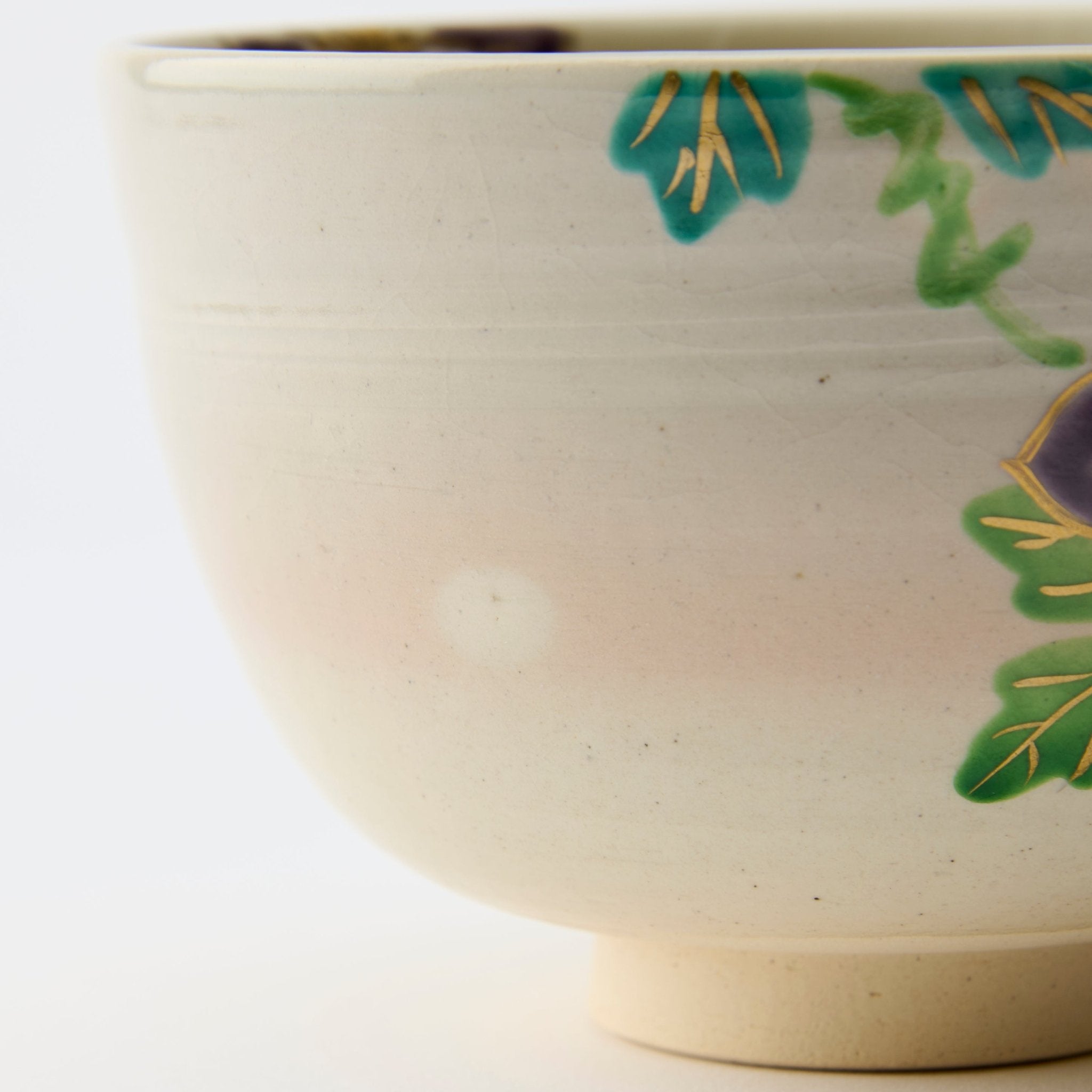
Gohonde
Delicate pink flecks may appear on the surface of some pieces. Known in Japan as gohonde, these speckles form naturally in the kiln—not through paint or added glaze—when iron in the clay reacts to heat during firing. Because the reaction is never exactly the same twice, each pattern is uniquely different.
If you have any further questions about product quality or what to expect from handmade items, please contact our Concierge Team. We would be delighted to assist you.

